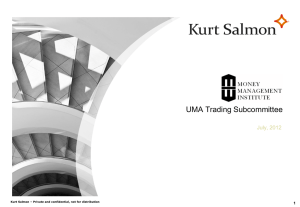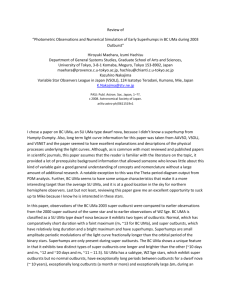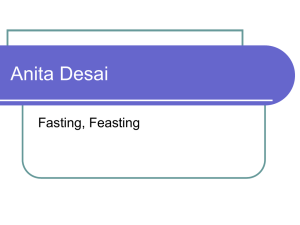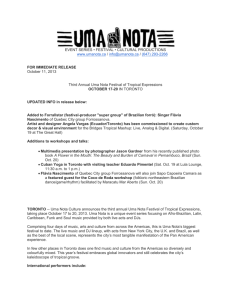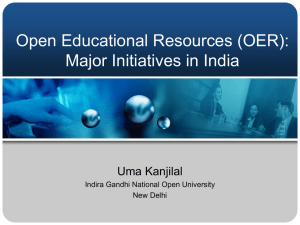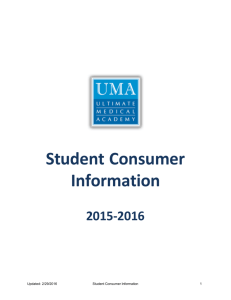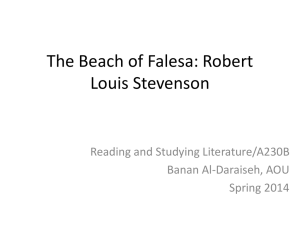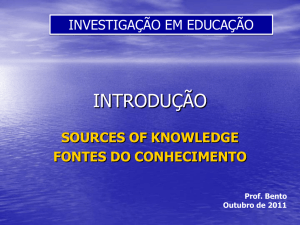Kanagala Uma_Inclusive education of children with disabilities
advertisement
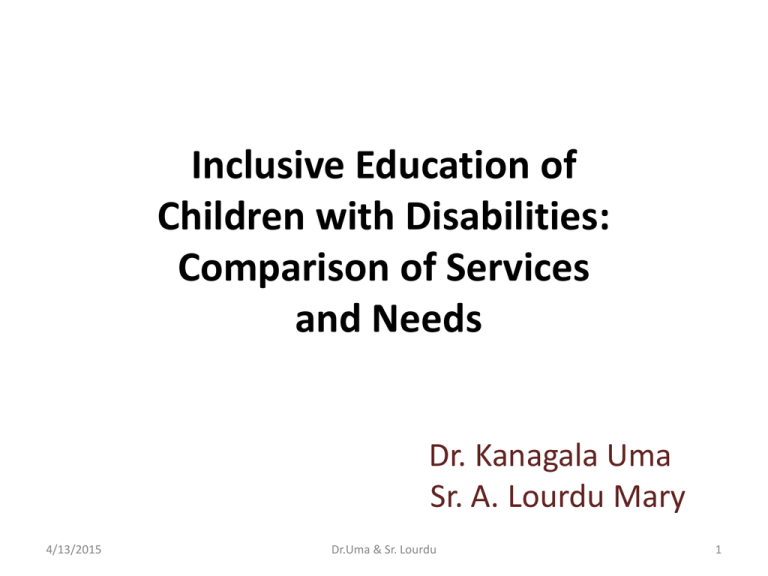
Inclusive Education of Children with Disabilities: Comparison of Services and Needs Dr. Kanagala Uma Sr. A. Lourdu Mary 4/13/2015 Dr.Uma & Sr. Lourdu 1 Introduction Universal access to education is possible only through Inclusive Education. True inclusion is possible only when all children regardless of their physical, intellectual, social, emotional or other conditions benefit from it. 4/13/2015 Dr.Uma & Sr. Lourdu 2 Objective To identify the gaps between service delivery and needs of children with disabilities in inclusive education in Tamil Nadu. 4/13/2015 Dr.Uma & Sr. Lourdu 3 METHODOLOGY Design : Qualitative research design Area : 12 districts of Tamil Nadu Tool : Schedule by Researches Data collection: 1. Primary: observation, in depth interviews and focus group discussion 2. Secondary: School records 4/13/2015 Dr.Uma & Sr. Lourdu 4 Sample 1. Census count: a. Heads of schools b. Resource teachers c. Children with Disabilities 70 70 417 2. Random sampling: a. Regular teachers b. Non disabled peers 80 110 4/13/2015 Dr.Uma & Sr. Lourdu 5 Details of Children with Disabilities 1. 2. 3. 4. 5. Visual Impairment Hearing Impairment Mental Retardation Locomotor Disabilities Mild Cerebral Palsy and Mild Mental Retardation 4/13/2015 Dr.Uma & Sr. Lourdu - 57% - 27% - 2% - 9% - 5% 6 MAJOR FINDINGS AND DISCUSSION 4/13/2015 Dr.Uma & Sr. Lourdu 7 Services Provided 1. Special initiatives to improve academic performance 2. Support services for academic and extra curricular activities 3. Contribution of non disabled peers in social, academic and extra curricular activities 4/13/2015 Dr.Uma & Sr. Lourdu 8 4. Identification and encouragement of talents and skills 5. Performance in cultural program and sports events 6. Regular parent teacher meetings 4/13/2015 Dr.Uma & Sr. Lourdu 9 Needs Fulfilled 1. Intrinsic Needs Content in interaction with non disabled peers, regular and resource teachers 2. Achievement Needs Children with visual impairment had on par or above academic performance (11%) High achievers at district level in extra curricular activities (3%) 4/13/2015 Dr.Uma & Sr. Lourdu 10 Needs Unmet and Recommendations 4/13/2015 Dr.Uma & Sr. Lourdu 11 1. Intrinsic Needs Problems of adjustment in shifting from special to regular school Counseling and efforts by resource and regular teachers Behavior problems and teaching of CWMR in classroom A special class in the regular school with a resource teacher 4/13/2015 Dr.Uma & Sr. Lourdu 12 Language barrier - difficulty of CWHI in following instruction Preferential seating in the first row Training of regular teachers Training of resource teachers in sign language Additional support by the resource teachers 4/13/2015 Dr.Uma & Sr. Lourdu 13 2. Pedagogical Needs Inappropriate content for CWMR and CWHI Adapted curriculum with emphasis on life skills for CWMR Adapted curriculum without diluting the quality of input for CWHI Restricted choice of subjects for CWVI – accountancy and economics Choice of subjects in geography and statistics 4/13/2015 Dr.Uma & Sr. Lourdu 14 Inappropriate teaching methods Use of teaching methods that make learning accessible Use of activity based teaching methods Use of experiential methods of teaching Augmentation of verbal communication with visual cues 4/13/2015 Dr.Uma & Sr. Lourdu 15 3. Evaluation Needs Lowering of overall percentage of results and ranking of the school Separate calculation of percentage of results for the two groups Difficulty of CWHI and CWMR in understanding the questions in the regular time limit. Allotment of extra time for CWHI and CWMR while writing their exams 4/13/2015 Dr.Uma & Sr. Lourdu 16 Separate question papers for CWD creating a feeling of segregation Indicate specific questions in the regular question papers Assessment must be for • Same skills • Knowledge and concepts • Same level of difficulty • Same balance of content • Same demands in terms of time and effort 4/13/2015 Dr.Uma & Sr. Lourdu 17 4. Resource Needs Lack of Braille text books Provision of complete set of Braille text books at the beginning of the academic year Lack of assistive devices Provision of assistive devices as per the need of the CWD 4/13/2015 Dr.Uma & Sr. Lourdu 18 Dilapidated or no resource room Make provision of resource room mandatory Lack of necessary equipment Provision of necessary equipment as per need Lack of transportation Transportation to be arranged by the schools with funding from the government Modification in transport for accessibility 4/13/2015 Dr.Uma & Sr. Lourdu 19 5. Systemic Needs No orientation for regular teachers Orientation and training in own districts Provision of necessary information by resource teacher prior to the child’s admission Single category training of resource teachers Multi category training for resource teachers 4/13/2015 Dr.Uma & Sr. Lourdu 20 Conclusion Addressing the unmet needs of Children with Disabilities through coordinated efforts of regular schools, NGOs and government departments can ensure successful inclusion. 4/13/2015 Dr.Uma & Sr. Lourdu 21
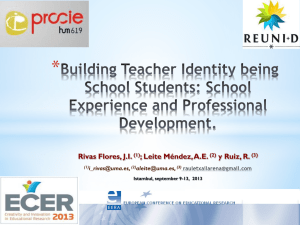

![[#OPENAM-5786] Creating an UMA resource in the AS sends an](http://s3.studylib.net/store/data/007439261_1-e7093a72302ade08705dcf0624483b83-300x300.png)
